Country South Africa Area 65.1 km2 Founded 1820 | Language spoken Xhosa District Cacadu | |
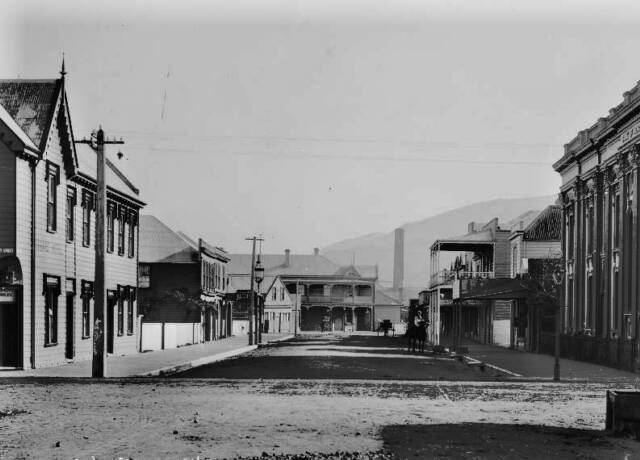 | ||
Colleges and Universities Rhodes University, St Andrews College - Grahamstown, College of the Transfiguration | ||
Map of Grahamstown
Grahamstown (Afrikaans: Grahamstad, Xhosa: iRhini) is a city of about 70,000 people in the Eastern Cape province of South Africa. It is situated about 110 kilometres (70 mi) northeast of Port Elizabeth and 130 kilometres (80 mi) southwest of East London. Grahamstown is the largest town in the Makana Local Municipality, and the seat of the municipal council. It also hosts Rhodes University, the Eastern Cape Division of the High Court, and a diocese of the Anglican Church of Southern Africa and 6 South African Infantry Battalion.
Contents
- Map of Grahamstown
- Kingswood college grahamstown south africa
- History
- Egazini Battle of Grahamstown
- Growth
- ReligionThe City of Saints
- Demographics
- Education arts and culture
- The Observatory Museum
- Tower clocks in the town
- Festivals
- Schools
- Press
- Government
- Municipal government
- Social issues
- Coat of arms
- Social movements
- Famous people
- References
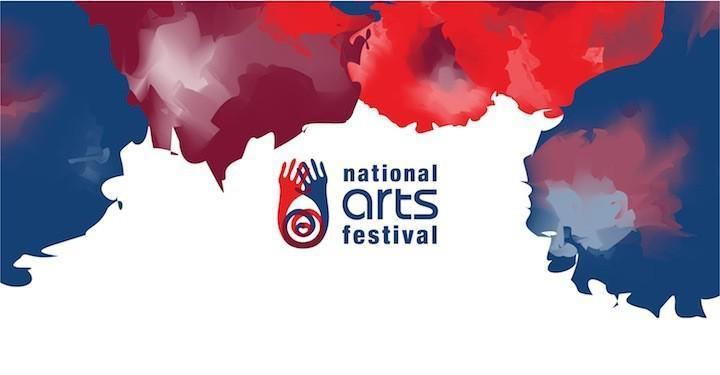
Kingswood college grahamstown south africa
History
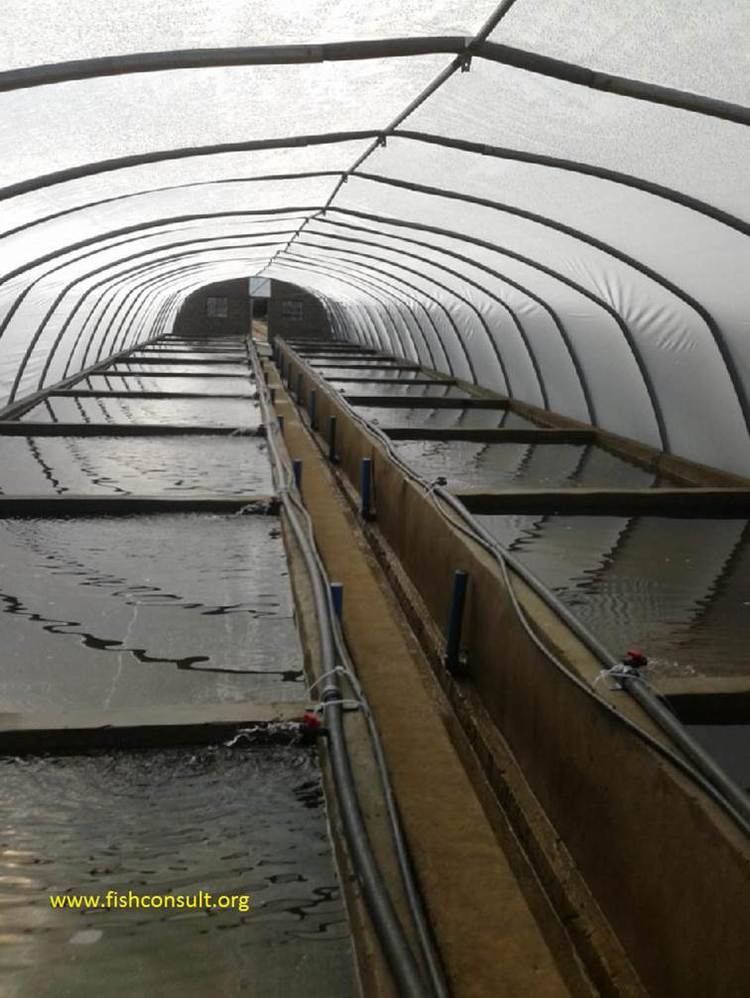
Grahamstown was founded in 1812 as a military outpost by Lieutenant-Colonel John Graham as part of the effort to secure the eastern frontier of British influence in the then Cape Colony against the Xhosa, whose lands lay just to the east.
Egazini, Battle of Grahamstown
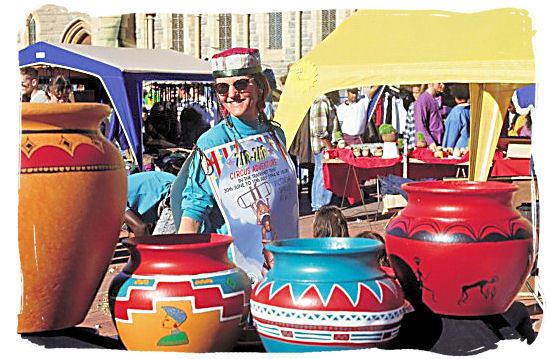
On 22 April 1819 a large number of Xhosa warriors, under the leadership of Nxele (or Makana), launched an attack against the British colonial forces. The Xhosas warned Colonel Willshire, the commanding officer, beforehand of their planned attack on Grahamstown. This was one of countless attacks launched on the nascent colony by the Xhosas. During the course of the battle, the British were running low on ammunition. A woman by the name of Elizabeth Salt risked her life by walking into the battle carrying weapons and ammunition to the British troops. She disguised the weapons and ammunition as an infant whom she was cradling. The Xhosa warriors were reluctant to attack a woman and child and so allowed her to pass and resupply the troops. The Xhosas, with a force of 10 000 troops under the overall command of Ndlambe's warrior son Mdushane, were unable to overpower the colonial garrison of some 300 men. Nxele surrendered, was taken captive and imprisoned on Robben Island. On Christmas Day, 1819 he tried to escape, and drowned.
Growth
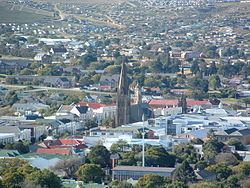
Grahamstown grew during the 1820s as many 1820 Settlers and their families left farming to establish themselves in more secure trades. In 1833 Grahamstown was described as having "two or three English merchants of considerable wealth, but scarcely any society in the ordinary sense of the word. The Public Library is a wretched affair." As of 1833, it was estimated that the population of Grahamstown was approximately 6,000. In a few decades it became the Cape Colony's largest town after Cape Town. It became a bishopric in 1852. It was traditionally the capital and cultural centre of the Albany area, a former traditionally English-speaking district with a distinctive local culture.
In 1872, the Cape Government Railways began construction of the railway line linking Grahamstown to Port Alfred on the coast, and to the developing national railway network inland. This was completed and opened on 3 September 1879.
Grahamstown was the location of the testing of the first diamond find by Henry Carter Galpin.
In 1904 Rhodes University College was established in Grahamstown through a grant from the Rhodes Trust. In 1951 it became a fully-fledged University, Rhodes University. Today it provides world-class tertiary education in a wide range of disciplines to over 6,000 undergraduate and postgraduate students.
Religion—'The City of Saints'
St. Michael and St. George Cathedral is the seat of the Anglican Diocese of Grahamstown. Grahamstown also has Roman Catholic, Presbyterian, Ethiopian Episcopal, Methodist, Baptist, Pinkster Protestante, Dutch Reformed (Nederduits Gereformeerde Kerk), Charismatic, Apostolic and Pentecostal churches. There are also meeting places for Hindus, Scientologists, Quakers, The Church of Jesus Christ of Latter-day Saints and Muslims.
For historic reasons, particularly the vibrancy of evangelism during Grahamstown's heyday, the City is home to more than forty religious buildings, and the nickname the "City of Saints" has become attached to Grahamstown. However, there is another story which may be the source of this nickname.
It is said that in about 1846 there were Royal Engineers stationed in Grahamstown who were in need of building tools. They sent a message to Cape Town requesting a vice to be forwarded to them from the Ordnance Stores. A reply came back, 'Buy vice locally'. The response was, 'No vice in Grahamstown'.
Demographics
According to the 2011 census the population of Grahamstown was 67,264, of whom 78.9% described themselves as "Black African", 11.3% as "Coloured" and 8.4% as "White". Since 1994, there has been a considerable influx of Black people from the former Ciskei Xhosa homeland, which lies just to the east. The first language of 72.2% of the population is isiXhosa, while 13.7% speak Afrikaans and 10.8% speak English
Education, arts and culture
Grahamstown is home to many schools, Rhodes University, and several institutes, most importantly the South African National Library for the Blind, the National English Literary Museum, the South African Institute for Aquatic Biodiversity (formerly the JLB Smith Institute), the International Library of African Music (ILAM), the Albany Museum (which includes a local history museum, a natural history museum and the observatory museum (see below), and the Institute for the Study of English in Africa.
The legacy of disparate education during Apartheid still echoes in the provision of secondary education in this former frontier town, where significant discrepancies in matric pass rates and general quality of education exist. Addressing this problem is one of the town's greatest challenges.
In March 1984 the City of Grahamstown adopted a flag, one of six designs prepared by heraldic expert Prof. Hugh Smith, of Rhodes University.
The Observatory Museum
In 1859, Henry Carter Galpin bought a simple double-storey establishment in Bathurst Street for £300. During the next 23 years he made extensive changes. The front was elegantly decorated, and a basement and three floors added to the back. Rooftop developments included an observatory, from which the building took its name, and what was for many years the only Camera Obscura in the Southern Hemisphere.
Born in 1820 in Dorset, England, Galpin trained as an architect, surveyor and civil engineer, as well as a chronometer, clock and watchmaker. These skills, together with his keen interest in optics and astronomy, are reflected throughout The Observatory- the most unusual Victorian home and business premises in South Africa.
Galpin's thriving watchmaker and jeweller's shop was run by three of his seven sons after his death in 1886, including Ernest Edward Galpin. They sold to Messrs Leader and Krummeck in 1939. Several businesses occupied the ground floor while the basement and upper floors were divided into flats and lodgings.
By the end of the 1970s the structure was dilapidated and unsound. The historic link with the identification of the Eureka diamond led to the purchase and restoration of the Observatory by De Beers Consolidated Mines Limited.
The building has been proclaimed a National Monument and presented to the Albany Museum to form part of its History Division. Exhibits were arranged, and the Observatory Museum was opened by Mr. Harry F. Oppenheimer, the then Chairman of De Beers, on 2 February 1983.
Tower clocks in the town
The following is a list of tower clocks in Grahamstown, with their location and if they are in working order.
Festivals
Two large festivals take place annually in Grahamstown: the National Arts Festival in June/July and SciFest Africa in the first term of the year and attracts some 50,000 people. The National Arts Festival is the largest Arts festival in Africa and sees some of the leading talent on the South African and international art scene arriving in Grahamstown for a celebration of culture and artistic expression.
Schools
Grahamstown is the only town in South Africa whose primary commerce sector is that of education. While this statistic is surely abetted by the high cost of the private schools and the relatively small population, it has a remarkable number of schools per capita. Of these, some of the more privileged schools are listed below:
Press
Grahamstown is home to the oldest surviving independent newspaper in South Africa. Named the Grocott's Mail, it was founded in 1870 by the Grocott family, and bought out a newspaper called the Grahamstown Journal, which was founded in 1831. Robert Godlonton, a previous owner of the Journal had used it and his other papers to oppose Stockenstrom's treaty system and advocated seizing more land from the Xhosa. It is now a local newspaper operated by the School of Journalism and Media Studies at Rhodes University, and still retains its name.
As a major centre for journalism training, Grahamstown also hosts two student newspapers, Activate, established in 1947, and The Oppidan Press, a student initiative launched in 2007 that caters mainly to the student population living off-campus.
Government
With the establishment of the Union of South Africa the Grahamstown High Court became a Local Division of the newly formed Supreme Court of South Africa (under Cape Town). On 28 June 1957, the Eastern Districts Court, under the name Eastern Cape Division, became a provincial division. In certain other areas of provincial government Grahamstown similarly served as a centre for the Eastern Cape.
In 1994 Grahamstown became part of the newly established Eastern Cape Province, while Bhisho was chosen as the provincial capital.
It is the seat of the Eastern Cape Division of the High Court, as well as the Magistrate's Court for the Albany District. As a result of the presence of a High Court, several other related organs of state such as a Masters Office and a Director of Public Prosecutions are present in the town. A few other Government (mostly provincial) departments maintain branches or other offices in Grahamstown.
Grahamstown was the only settlement outside Cape Town to host a sitting of the Cape Colony legislature (a move to defuse a call for the creation of a separate colony).
Municipal government
Grahamstown had its own municipality until 2000. Since then, it has formed part of the Makana Local Municipality in the Cacadu District.
From 2012 the Makana Local Municipality was unable to reliably provide water to its citizens The crisis continued to grow during 2013.
In 2013 South Africa's minister of water Edna Molewa was tasked with restoring the water supply of Grahamstown following protests over a nine-day water outage. Causes for the outage include financial mismanagement, with under-spending on infrastructure. The task force established by Molewa had not solved the problem by 2014.
Social issues
In October 2015 more than 500 people were displaced and more than 300 shops looted during a wave of xenophobic violence.
Coat of arms
Municipality (1) — The first arms were assumed in September 1862. They quartered an incorrect version of the arms of Graham of Fintry with those of Jan van Riebeeck (in incorrect colours), with an ostrich as a crest. The supporters were a leopard and a giraffe, and the motto was Virtute et opera.
Municipality (2) — In response to a call by the Cape Provincial Administration for municipalities to have their coats of arms checked and, if necessary, re-designed, the city council had a new coat of arms designed by Ivan Mitford-Barberton and H. Ellis Tomlinson in 1950. It was granted by the College of Arms on 20 July 1950, and registered at the Bureau of Heraldry in September 1994.
The new arms were : Or, on a pile Gules, three annulets placed 2 and 1 Or; on a chief Sable, three escallops Or (in layman's terms : a golden shield displaying, from top to bottom, three golden scallop shells on a black horizontal stripe, and three golden rings on a red triangle). The crest was changed to a plume of ostrich feathers issuing from a golden mural crown, and the supporters were differenced by placing an escallop on each shoulder.
Social movements
The South African Unemployed Peoples' Movement has a strong presence in Grahamstown.
